Why Scalability Matters in Modern Marketing
As businesses grow, so do the demands on their marketing teams. What worked for a scrappy startup often doesn’t hold up as operations scale. Without a scalable marketing framework in place, growth can lead to inefficiency, misalignment, and missed opportunities. Scalability isn’t just about handling volume—it’s about maintaining quality and agility at every stage.
Core Elements of a Scalable Marketing Framework
A scalable framework begins with four pillars: strategy, content, automation, and analytics. These components work together to ensure your marketing can flex and evolve as your business expands.
- Strategy: Defined objectives, target audiences, and brand positioning.
- Content: Modular content that can be repurposed and localized.
- Automation: Workflows and tools that save time and eliminate redundancy.
- Analytics: Real-time insights to guide optimization and prove ROI.
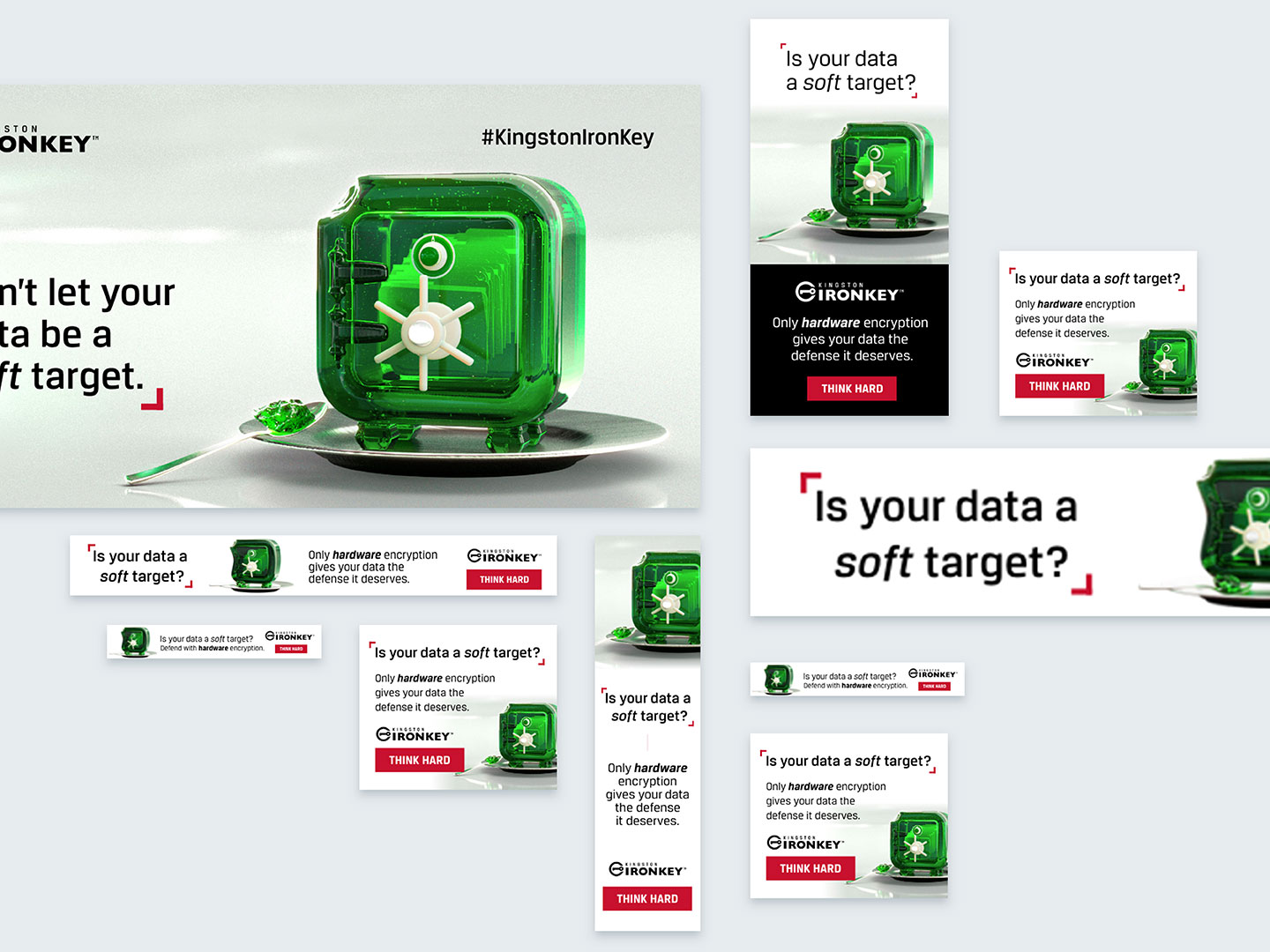
Build Once, Deploy Often: Scalable Content Structures
Content should be built to last. That means creating core assets that can be reused across channels and adapted for different markets or audiences. Whether it’s a hero video, a product one-pager, or a blog series, every asset should be part of a broader system, not a one-off.
Localization and personalization are also key. With the right structure, you can adapt content at scale without starting from scratch every time.
Tech Stack Considerations for Marketing Growth
The right tools can supercharge your scalability. Look for platforms that are integratable, user-friendly, and designed to grow with your business. CRMs like HubSpot or Salesforce, marketing automation platforms like Marketo or Pardot, and content management systems like WordPress or Drupal are foundational.
Data integration across these systems ensures smoother workflows and more actionable insights.
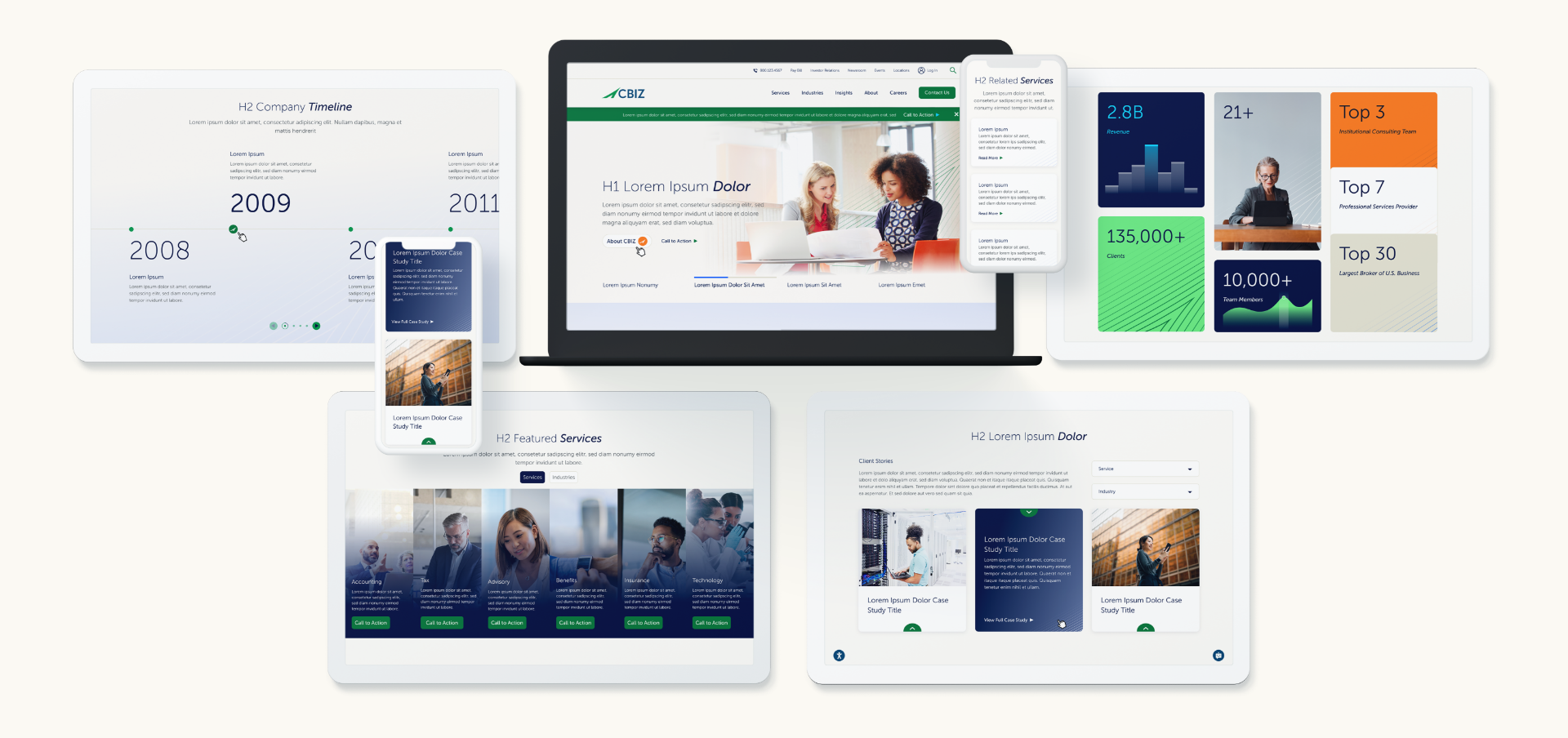
Organizational Design for Marketing Scalability
Scalability isn’t just about tools—it’s about people and processes too. As your marketing team grows, it’s critical to define clear roles, document workflows, and encourage cross-functional collaboration. Outsourcing or agency partnerships can also help fill resource gaps while maintaining velocity.
Case in Point: Bluetext’s Approach to Scalable Strategy
At Bluetext, we work with growing companies to build marketing frameworks that are as nimble as they are powerful. From startup scale-ups to global enterprises, we design marketing systems that drive efficiency, adaptability, and sustained impact.
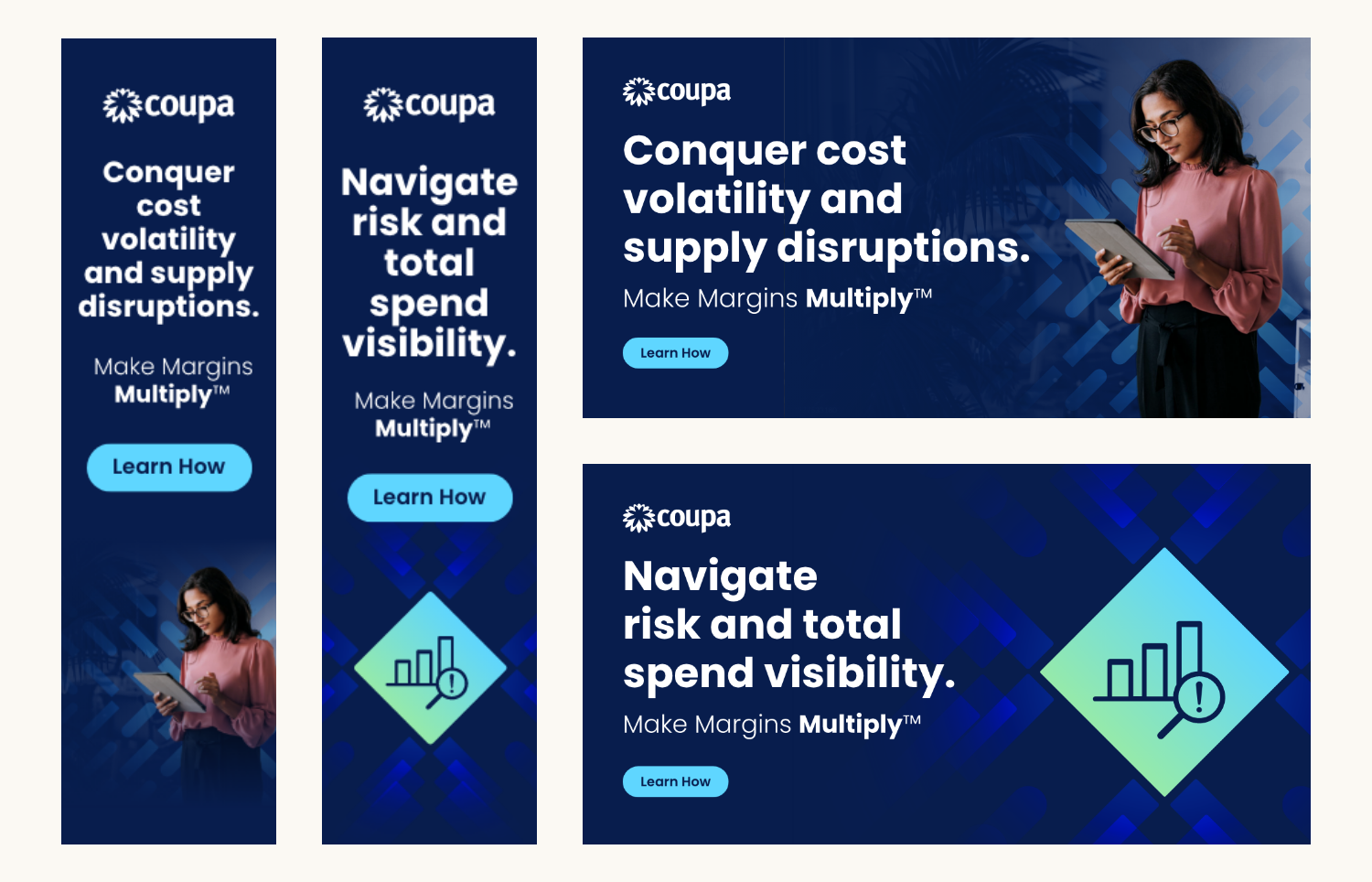
Is Your Marketing Built to Scale?
Let Bluetext help you develop a scalable marketing framework that evolves with your business. Get in touch now.
The High Stakes of Post-Merger Rebranding
Mergers and acquisitions are not just financial transactions—they’re brand-defining moments. A successful rebrand post-merger can help unify stakeholders, maintain customer trust, and lay the foundation for future growth. But without a thoughtful strategy, the process can create confusion, dilute brand equity, and hinder market momentum.
Audit and Align: Assessing Brand Assets and Equity
Before any design or messaging decisions are made, it’s critical to assess the existing brand assets of both companies. Conduct a brand equity audit to determine the value, recognition, and emotional resonance of each legacy brand. Identify what elements should be preserved, revised, or sunset to create a cohesive identity.
Logo, Name, and Visual Identity Decisions
Choosing whether to adopt a new name, keep an existing one, or create a hybrid brand is one of the most visible aspects of a rebrand. Logo redesigns and updates to visual identity systems (color palette, typography, imagery) should reflect the strategic direction of the combined entity while maintaining visual continuity where possible to avoid alienating loyal customers.
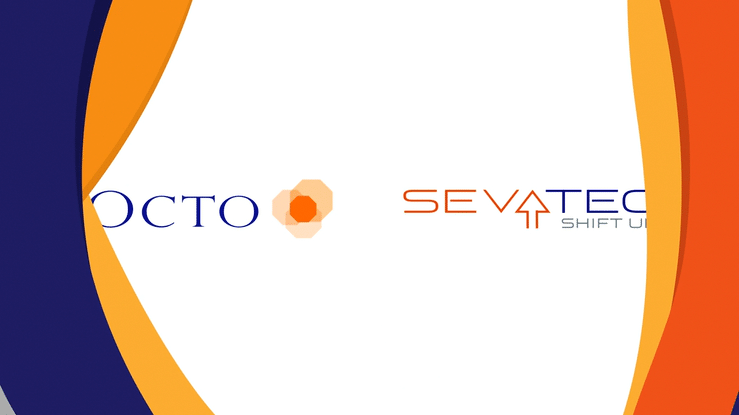
Messaging Overhauls and Cultural Integration
Messaging is the connective tissue of any brand. Merging two companies means merging two voices, two missions, and often, two company cultures. Develop a unified messaging framework that clarifies the brand promise, values, and tone of voice. This is especially important for internal communications, where cultural alignment can make or break integration success.
Stakeholder Rollout: From Employees to Customers
A phased and audience-specific rollout plan ensures each stakeholder group receives the right message at the right time. Internal audiences should be engaged early with clear rationale, brand education, and avenues for feedback. For customers, partners, and the public, a coordinated external launch should emphasize the benefits of the merger and demonstrate continuity.
Tools and Templates for a Smooth Rebrand
Brand guidelines, asset libraries, email signature templates, and branded presentation decks are essential tools for ensuring consistency across all touchpoints. Change management resources can support internal adoption and reduce friction during the transition.

Real-World Success: How Bluetext Supports M&A Branding Efforts
Bluetext has supported numerous organizations through the complexities of M&A branding. From building interim brand architectures to full-scale redesigns and brand launches, our team ensures that brand transitions are not only seamless but strategically sound. One standout example is our work with BlueHalo, where we unified several acquired entities under a single, future-focused brand identity. Following the launch, BlueHalo rapidly scaled—bolting on additional acquisitions, securing billion-dollar contracts, and ultimately being acquired by AeroVironment. It’s a testament to how the right brand strategy can fuel momentum and maximize enterprise value.

Ready for a Seamless Rebrand?
Partner with Bluetext to ensure your post-merger rebranding process is strategic, smooth, and successful. Contact us today.
A strong corporate brand attracts customers, while a compelling employer brand attracts top talent. But when these two brand identities aren’t aligned, businesses risk confusing their audiences and diluting their message. Creating a unified brand experience ensures consistency for both potential customers and future employees. This blog explores how businesses can effectively integrate corporate and employer branding strategies.
The Intersection of Corporate and Employer Branding
Your corporate and employer brands should complement each other, reinforcing shared values and positioning. Misalignment can lead to:
- Inconsistent Messaging: Conflicting narratives weaken brand perception.
- Reduced Employee Engagement: Employees struggle to connect with the company’s mission.
- Missed Talent Opportunities: A strong employer brand helps attract top candidates.
Defining Your Core Brand Message
To create alignment, start by identifying common themes between your corporate and employer brands:
- Mission & Vision: Ensure both align with your overall business goals.
- Brand Voice & Values: Use consistent language and tone in all communications.
- Key Messaging: Develop unified brand pillars that apply internally and externally.
Employee Advocacy and Internal Branding
Your employees are your brand ambassadors. Strengthen alignment by:
- Encouraging Social Sharing: Empower employees to share company content.
- Providing Brand Training: Educate teams on corporate messaging.
- Creating Internal Campaigns: Develop initiatives that reflect corporate values.
Marketing Your Employer Brand Effectively
A strong employer brand attracts talent while reinforcing corporate identity. Strategies include:
- Enhancing Your Careers Page: Align employer branding with corporate storytelling.
- Leveraging Employee Testimonials: Showcase real employee experiences.
- Using Social Media & Recruitment Campaigns: Ensure consistency across platforms.
Measuring Success: How to Track Brand Alignment
Monitor brand perception through:
- Employer Brand Sentiment: Track employee reviews and engagement.
- Customer Perception Surveys: Assess external brand recognition.
- Recruitment KPIs: Measure application rates and candidate quality.
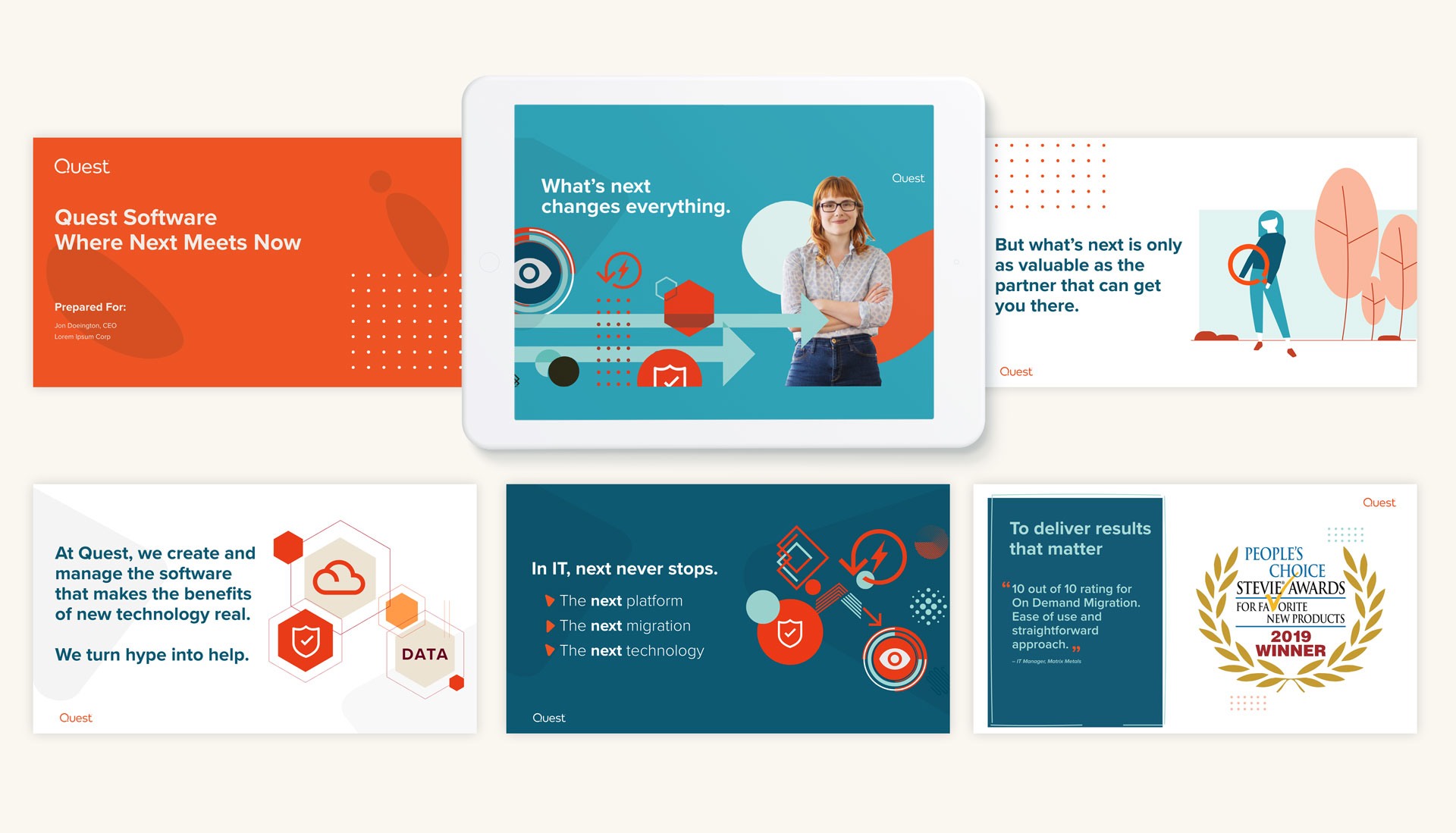
Final Thoughts
Aligning corporate and employer branding creates a seamless experience for customers and employees alike. A consistent brand message fosters trust, strengthens reputation, and enhances engagement.
Want to refine your brand strategy? Contact Bluetext to create a unified corporate and employer brand that resonates with your audience.
Mergers and acquisitions (M&A) can be transformative moments for businesses, driving growth, market expansion, and increased efficiency. However, they also come with significant challenges, particularly in communication. Without a well-structured marketing strategy, M&As can lead to confusion, erode stakeholder trust, and disrupt brand continuity. Marketing teams play a critical role in guiding both internal and external messaging to ensure a smooth transition and maintain confidence among employees, customers, and investors.
The Importance of Marketing in M&A
Marketing serves as the bridge between change and continuity during an M&A. It ensures that the value proposition of the newly formed organization is clearly articulated, fostering alignment across all stakeholders. A lack of strategic communication can result in misinformation, employee disengagement, and customer attrition—making marketing’s role indispensable.
Internal Communication Strategies
Employees are often the most affected by M&As, as uncertainty regarding job security, company culture, and future operations can lower morale and productivity. Clear, transparent communication from leadership, facilitated by marketing, can alleviate concerns and keep teams engaged.
Best Practices for Internal Communication:
- Develop a Clear Narrative: Outline the vision, mission, and expected outcomes of the M&A to provide employees with a sense of direction.
- Use Multi-Channel Communication: Leverage emails, town halls, intranet portals, and leadership videos to keep employees informed.
- Create an FAQ Resource: Address common employee concerns about job roles, benefits, and cultural shifts.
- Encourage Two-Way Dialogue: Provide employees with a platform to ask questions and share feedback.
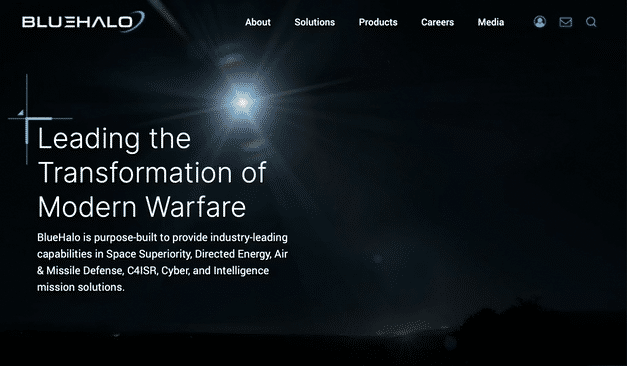
External Communication & Brand Alignment
Customers, partners, and investors need reassurance that the M&A will not disrupt their experience or impact business continuity. Effective external communication can prevent uncertainty and foster trust.
Key External Communication Tactics:
- Early and Transparent Announcements: Clearly communicate the reason for the M&A and its benefits.
- Consistent Branding Across Channels: Ensure websites, social media, and marketing materials reflect the newly aligned brand identity.
- Customer Engagement Initiatives: Conduct webinars, emails, and social media updates to address concerns and highlight benefits.
- Investor Relations: Provide clear updates through press releases, investor calls, and financial reports to maintain confidence in the company’s direction.
Rebranding & Positioning Post-Merger
A successful M&A often involves a brand refresh to reflect the new entity’s identity. Marketing teams must develop a strategic rebranding plan that seamlessly integrates brand elements while preserving brand equity.
Steps to Rebrand Successfully:
- Conduct Brand Audits: Assess how existing brand assets align and determine necessary updates.
- Develop a Unified Brand Story: Craft messaging that reflects the shared vision and values of the new entity.
- Redesign Marketing Materials: Update logos, websites, business cards, and digital assets for consistency.
- Launch a Rebrand Campaign: Announce the brand evolution through press releases, digital campaigns, and customer outreach.

Crisis Communication Planning
Even well-executed M&As can face setbacks. Marketing teams should proactively develop crisis communication plans to address potential reputation risks.
Essential Crisis Communication Components:
- Risk Assessment: Identify potential areas of concern, such as customer dissatisfaction or employee backlash.
- Pre-Approved Messaging: Develop templated responses for different scenarios to ensure quick action.
- Dedicated Crisis Team: Assemble a team responsible for managing communications during potential crises.
- Ongoing Monitoring: Use social listening and media tracking to gauge sentiment and address concerns promptly.
Measuring Success
Assessing the effectiveness of M&A communications is crucial for refining strategies and ensuring alignment with business goals.
Key Metrics to Track:
- Employee Sentiment Surveys: Gauge morale and understanding of the M&A.
- Customer Retention Rates: Monitor changes in customer loyalty and satisfaction.
- Brand Perception Analysis: Track sentiment shifts through media coverage and social listening.
- Engagement on Digital Channels: Analyze email open rates, social media interactions, and website traffic related to M&A announcements.
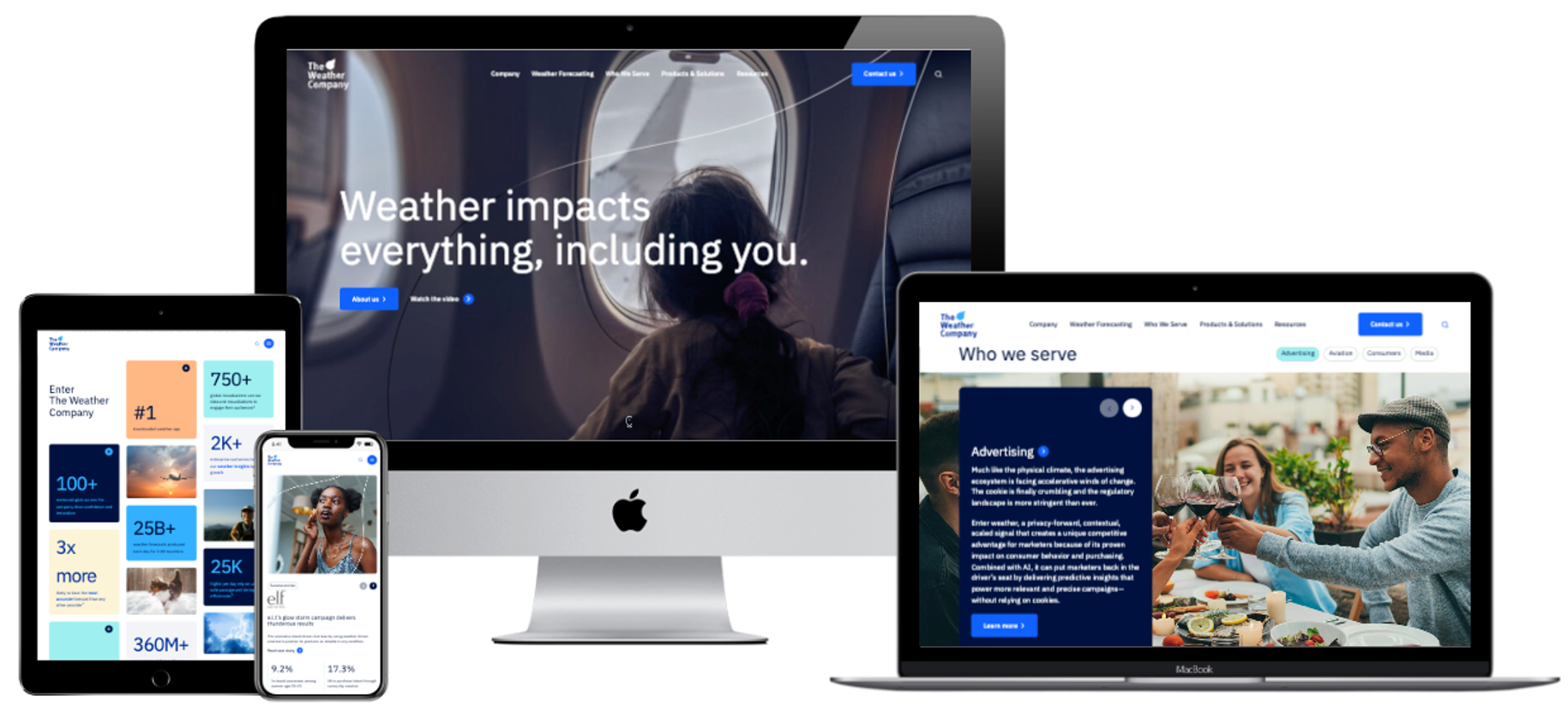
Final Thoughts
Marketing plays a vital role in ensuring that M&A transitions are smooth, transparent, and strategically communicated. By crafting clear messaging, engaging stakeholders, and proactively managing brand perception, companies can turn M&A challenges into opportunities for growth and innovation.
In today’s competitive job market, employer branding has become a critical factor in attracting and retaining top talent. As we enter 2025, the expectations of job seekers continue to evolve, making it essential for companies to refine their employer branding strategies. From a compelling employer value proposition (EVP) to innovative digital engagement, this blog explores the key marketing strategies businesses should implement to stand out as an employer of choice.
Understanding Modern Workforce Expectations
The modern workforce prioritizes more than just salary and benefits. Key factors influencing employer perception include:
- Flexibility: Remote work and hybrid models remain highly desirable.
- Diversity, Equity, and Inclusion (DEI): Job seekers value companies with strong DEI initiatives.
- Purpose-driven work culture: Employees seek organizations that align with their values and offer meaningful work.
- Digital-first hiring experiences: A streamlined, engaging, and mobile-friendly application process is essential.
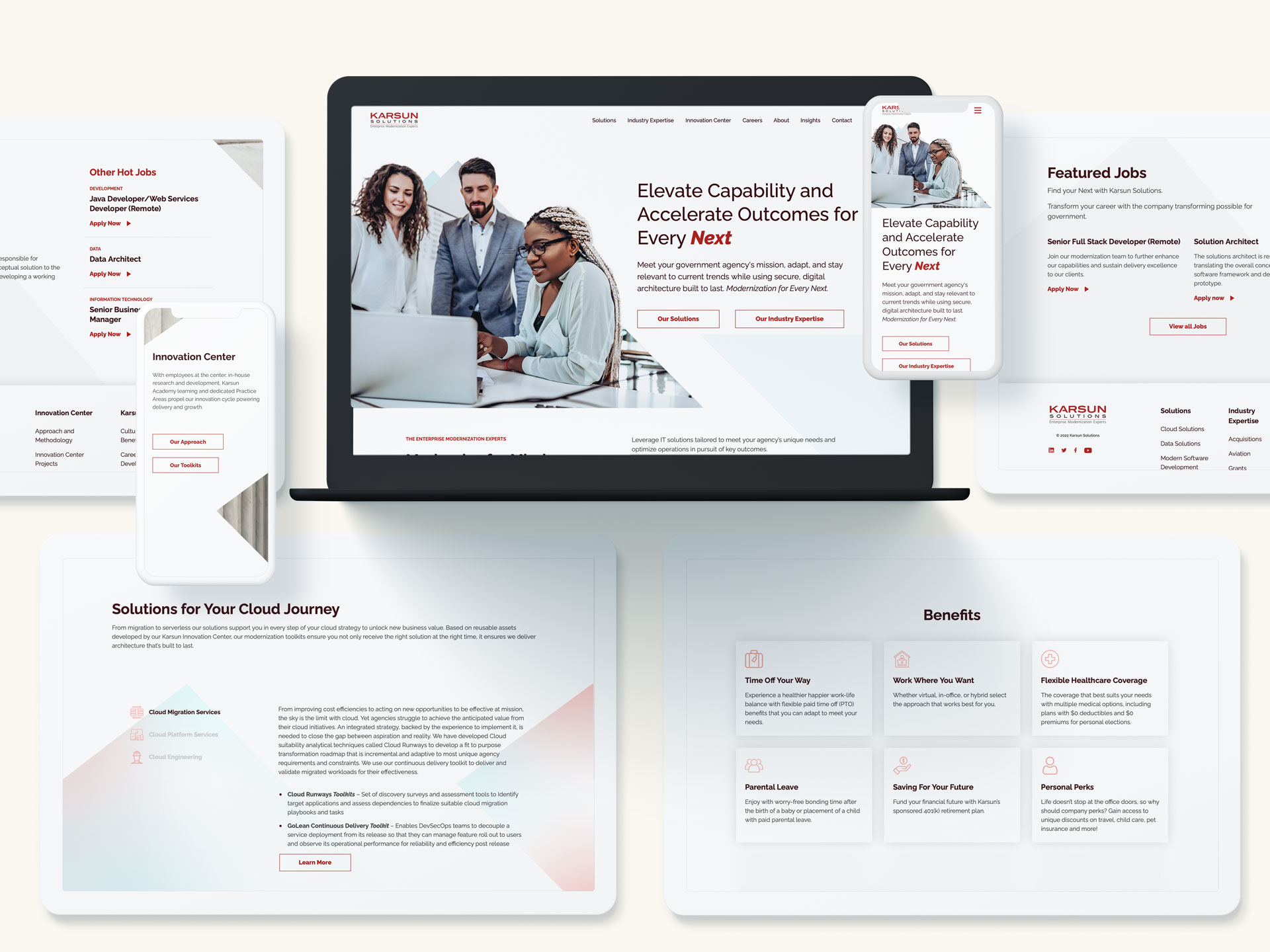
Key Marketing Strategies for Employer Branding Success
1. Craft an Authentic Employer Value Proposition (EVP)
A strong EVP defines why employees should choose and stay with your company. Focus on unique benefits, career growth opportunities, and company culture to differentiate from competitors.
2. Leverage Social Media and Employee Advocacy
Platforms like LinkedIn, Instagram, and TikTok offer powerful ways to showcase your company culture. Encourage employees to share their experiences, amplifying authentic brand storytelling.
3. Optimize Career Pages and Recruitment Content
Your website’s career page should highlight employee testimonials, workplace benefits, and clear job descriptions. Engaging video content can also enhance employer brand perception.
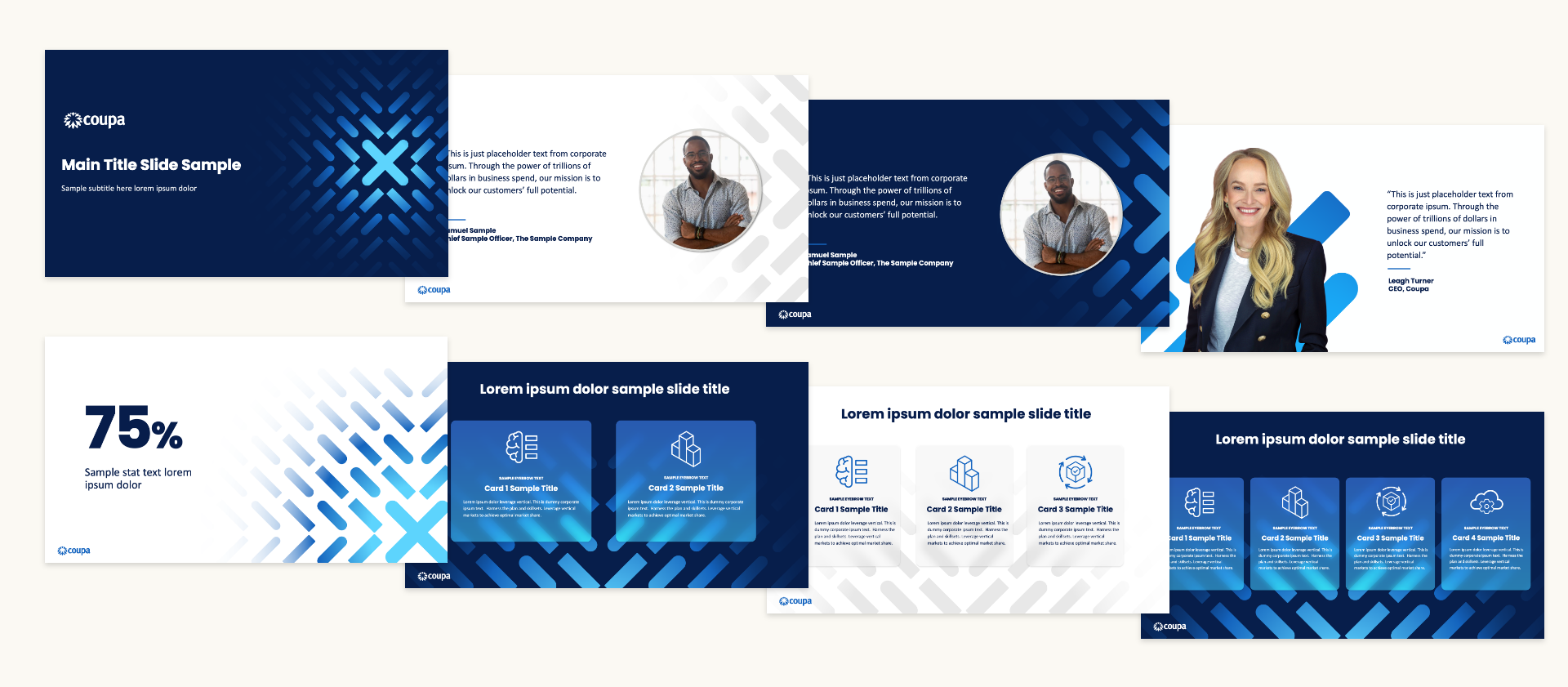
The Role of Technology in Employer Branding
Innovative technology can further enhance employer branding efforts:
- AI-driven recruitment tools personalize job recommendations and candidate outreach.
- Chatbots and automated scheduling streamline the hiring process.
- Data analytics provide insights into candidate engagement and optimize recruitment strategies.
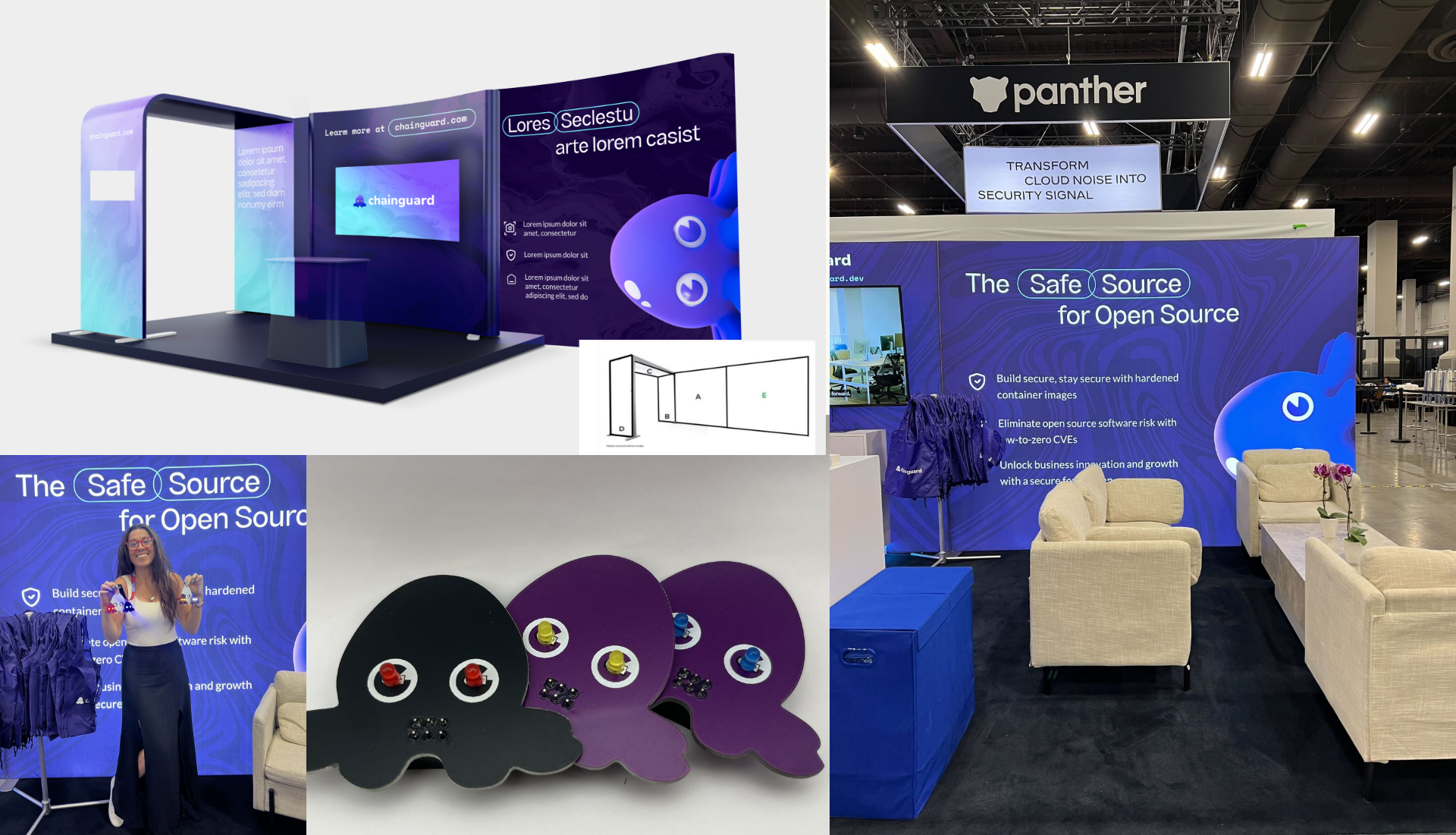
Final Thoughts
A strong employer brand is no longer optional—it’s essential for attracting and retaining top talent in 2025. Companies must proactively refine their branding efforts to meet evolving workforce expectations and stand out in a competitive hiring landscape.
Looking to strengthen your employer brand and attract top talent? Contact Bluetext today for expert branding and recruitment marketing solutions.
In today’s hyper-connected world, crises unfold in real time, amplified by social media, 24/7 news cycles, and instant communication. The days when brands had the luxury of carefully crafting a response over hours or days are long gone. Now, organizations must react swiftly, transparently, and strategically to manage crises effectively. This blog explores the transformation of crisis management in the digital age and outlines best practices for brands to navigate challenges while maintaining trust with their audience.
The New Landscape of Crisis Management
Before the digital era, crisis management primarily relied on traditional media channels—press releases, news conferences, and carefully managed public relations strategies. Today, crises can escalate within minutes, driven by viral social media posts, influencer commentary, and rapid news dissemination. Some of the key challenges brands face in this environment include:
- Speed of Information Spread: A single tweet or video can reach millions within minutes, making it crucial for brands to respond quickly.
- Misinformation and Fake News: False narratives can take hold before brands even have a chance to react, complicating crisis containment.
- Increased Consumer Expectations: Audiences demand immediate transparency, accountability, and direct engagement from brands during crises.
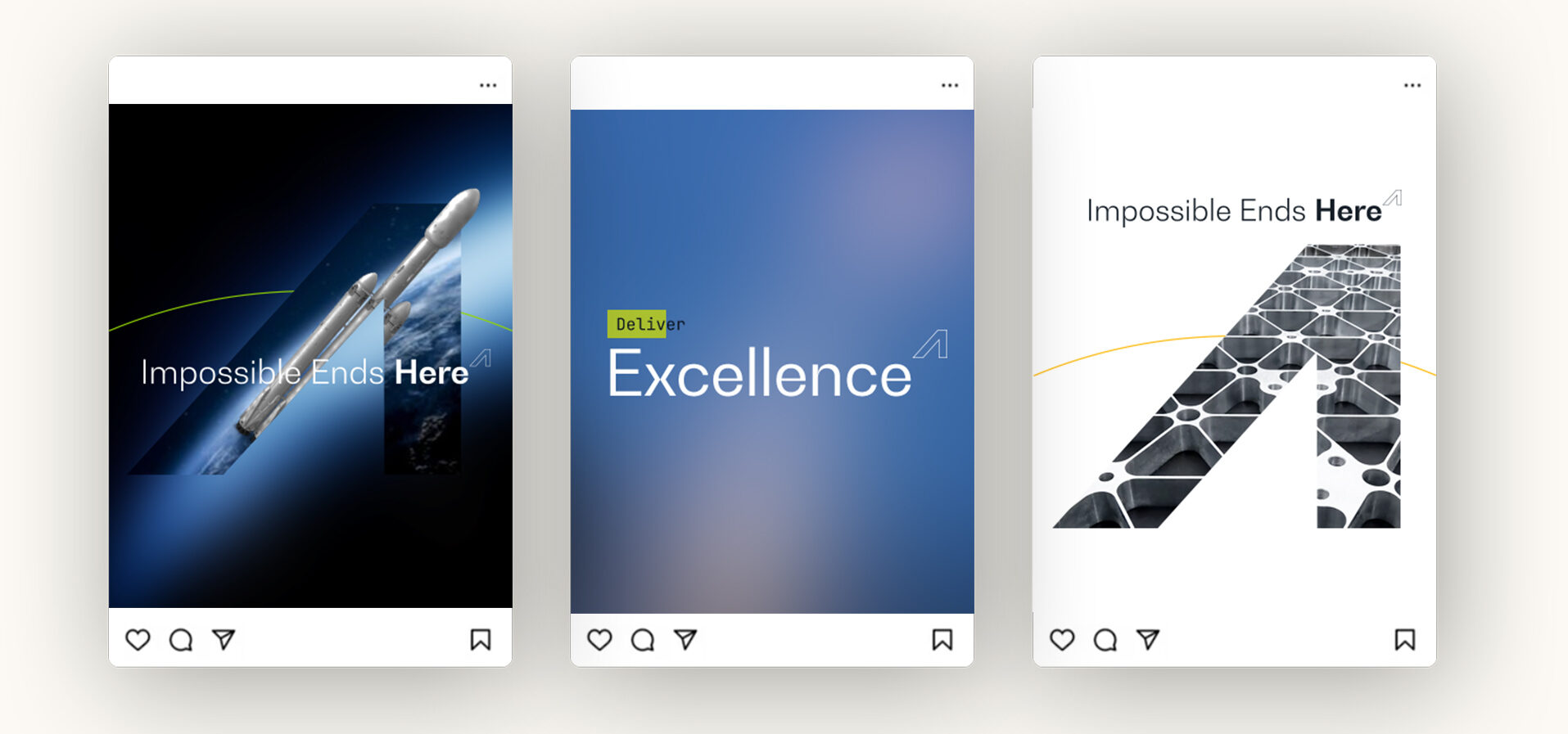
Strategies for Crisis Management in the Digital Age
To effectively navigate crises, brands must implement modern strategies that align with the fast-paced nature of digital communication.
1. Real-Time Monitoring and Social Listening
Crisis management begins before a crisis even arises. Leveraging social listening tools and AI-powered analytics can help brands detect potential issues early, allowing for proactive measures.
2. Develop a Crisis Communication Plan
Having a predefined crisis response framework enables brands to react quickly and consistently. A strong crisis plan should include:
- A dedicated response team
- Clear escalation protocols
- Pre-approved messaging templates for different scenarios
3. Respond Quickly, But Thoughtfully
While speed is critical, a hasty, poorly crafted response can do more harm than good. Brands should:
- Acknowledge the issue promptly
- Provide factual, transparent updates
- Avoid defensive or dismissive language
4. Engage with Stakeholders Effectively
Stakeholder trust is vital during a crisis. Brands should communicate with employees, customers, partners, and the public through appropriate channels, ensuring consistent messaging across all platforms.
5. Learn from Past Crises
Case studies of past crises—both successful and failed responses—can provide valuable insights. Brands should analyze:
- How similar situations were handled
- What worked and what didn’t
- How communication strategies influenced public perception
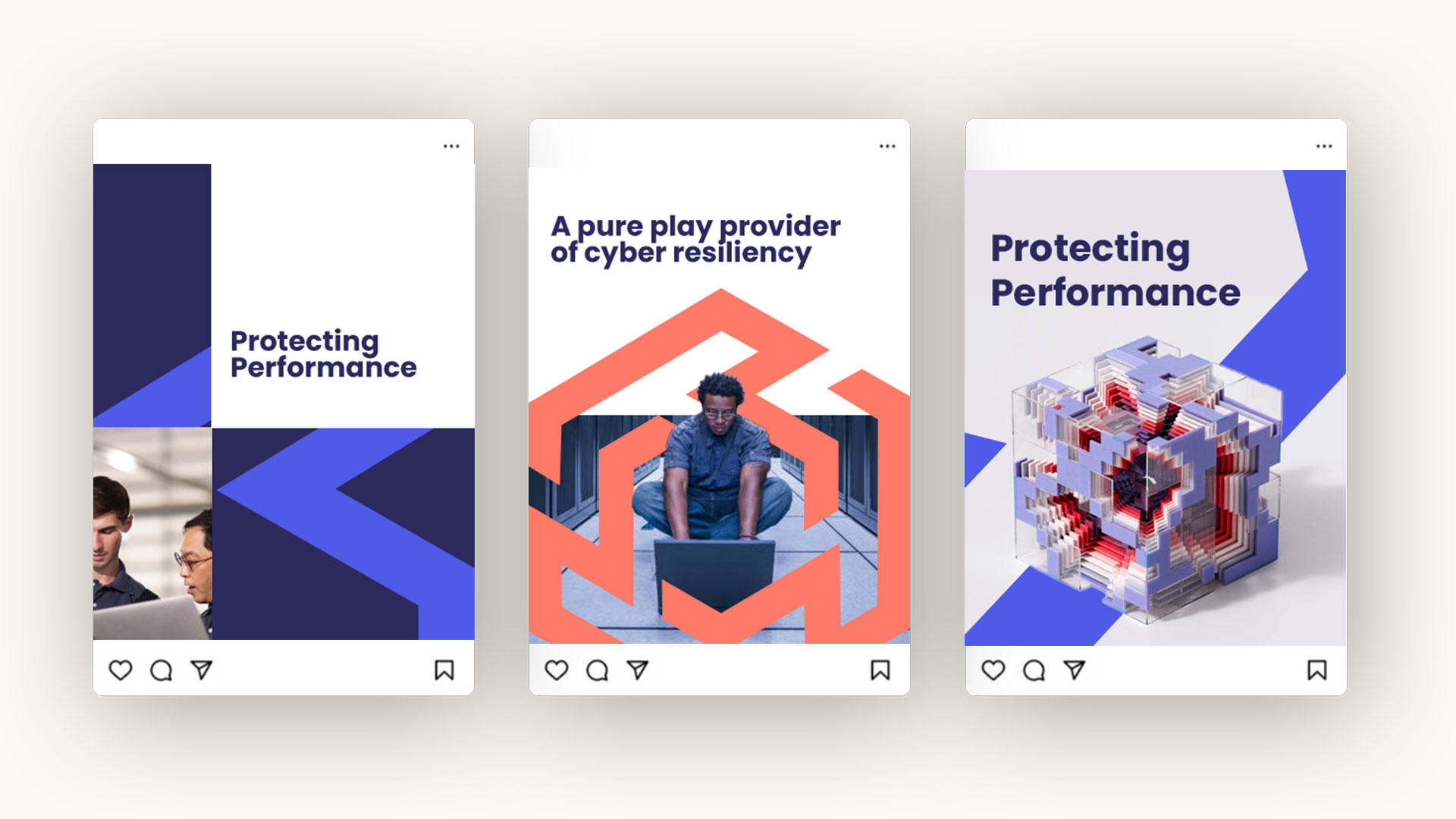
The Role of AI and Automation in Crisis Management
Artificial intelligence is playing an increasing role in crisis management, offering capabilities such as:
- AI-driven sentiment analysis: Identifying negative trends before they escalate
- Chatbots and automation: Providing instant responses to customer concerns
- Predictive analytics: Assessing potential risks based on historical data
Preparing for the Future of Crisis Management
The digital landscape will continue evolving, and brands must stay ahead of emerging challenges. Organizations should:
- Invest in crisis simulation exercises
- Strengthen their digital media teams
- Maintain open communication with their audience
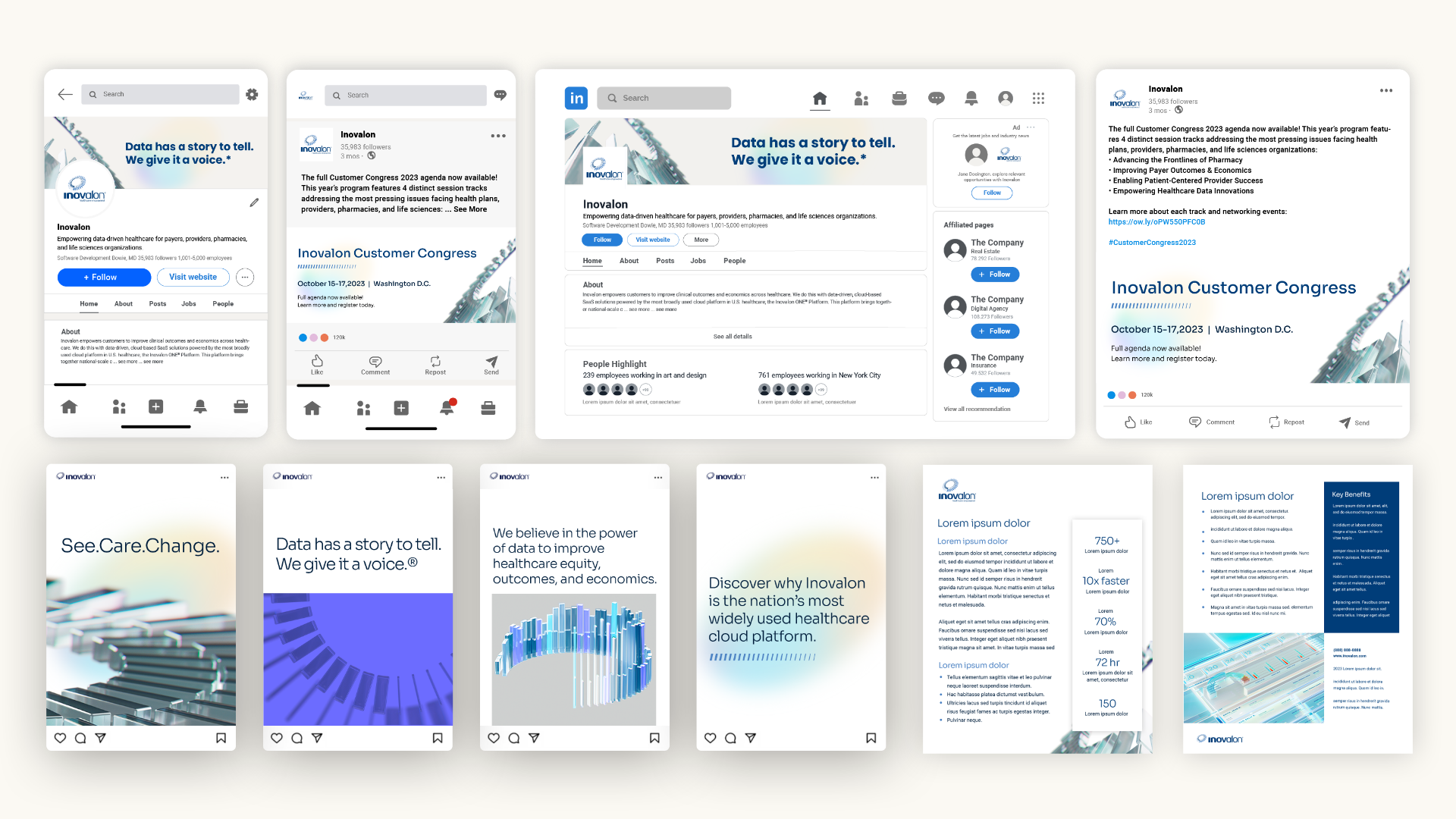
Need Expert Crisis Communication Support?
Navigating a crisis requires expertise, agility, and a well-structured plan. Bluetext specializes in helping brands develop comprehensive crisis communication strategies that protect their reputation and maintain public trust. Contact Bluetext today to ensure your brand is prepared for the unexpected.
In today’s fast-evolving market, staying relevant means more than just keeping up—it requires transformation. Some of the most successful brands have undergone strategic rebrands to stay ahead of competition, adapt to changing consumer preferences, and realign with their core mission. Here are key lessons from successful brand evolutions and how to apply them to your strategy in 2025.
1. Understand the “Why” Behind Rebranding
A strong rebrand starts with a clear purpose. Whether due to mergers, market shifts, or outdated visuals, brands that successfully rebrand do so with a strategic vision. Take Airbnb’s 2014 brand transformation—its shift from a simple rental service to a community-driven experience was reflected in a fresh logo, new messaging, and an enhanced user experience.
Takeaway: Before launching a rebrand, assess the core reason behind it and ensure every aspect of the new identity aligns with business goals and customer expectations.

2. Maintain Brand Recognition While Innovating
Brands like Burger King and Mastercard have modernized their identities while maintaining recognizability. Burger King’s retro-inspired logo redesign in 2021 paid homage to its heritage while streamlining its aesthetic for digital platforms.
Takeaway: Balance innovation with familiarity. Retaining core elements, such as color schemes or typography, helps consumers transition smoothly to the new identity.
3. Align with Consumer Values
Brands that integrate cultural relevance and consumer values into their rebrands create stronger connections. Patagonia’s commitment to sustainability has been consistently reflected in its messaging and business decisions, reinforcing brand authenticity.
Takeaway: Listen to your audience and ensure your rebrand aligns with their expectations and values.
4. Invest in Digital-First Branding
A brand’s digital presence is just as crucial as its physical one. Companies like Instagram have evolved their logos and UX to better fit mobile-first experiences, emphasizing usability and engagement.
Takeaway: Design with digital platforms in mind, ensuring seamless integration across all channels.
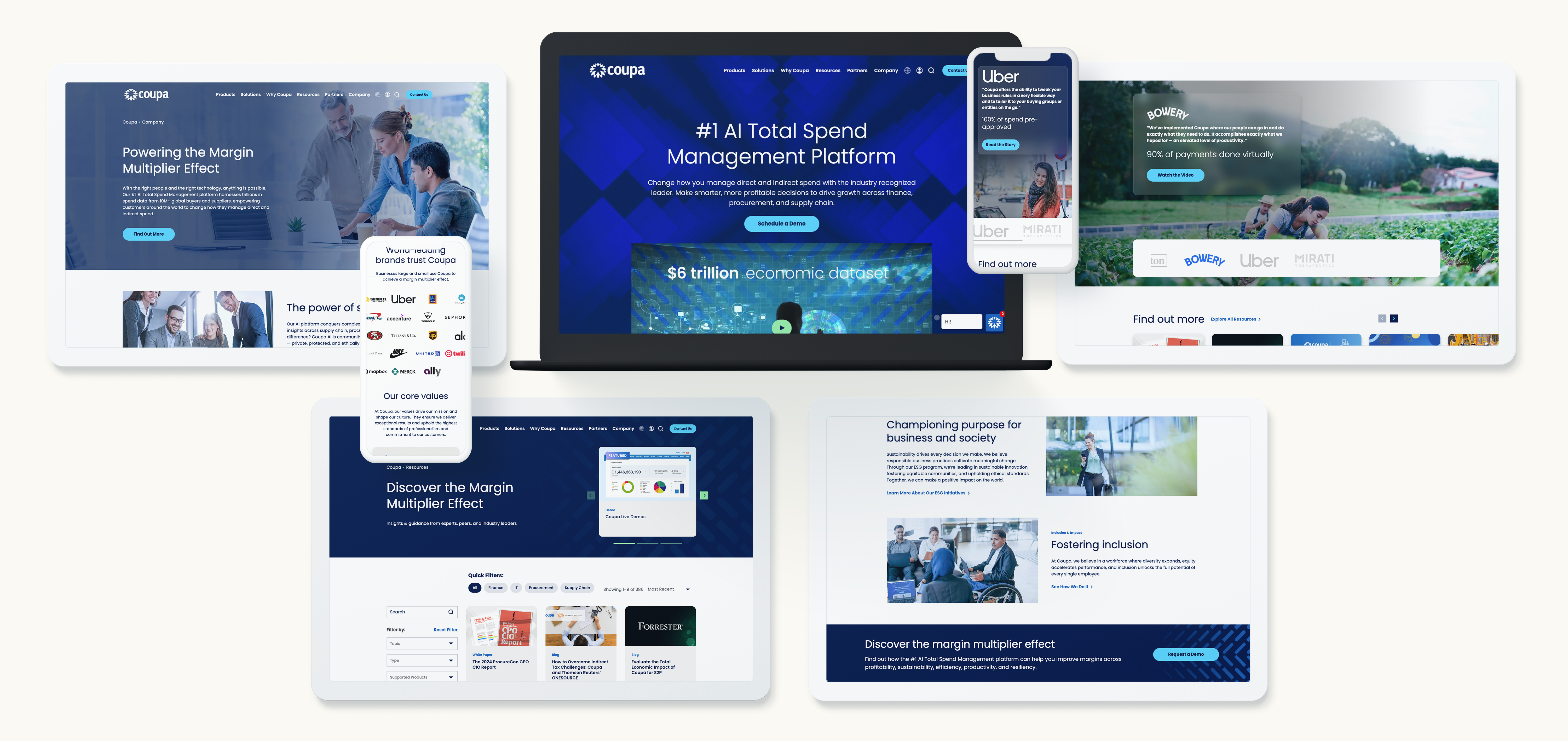
5. Plan for a Seamless Rollout
A poorly executed rebrand can lead to confusion or backlash. Successful rebrands, like Dunkin’s transition from Dunkin’ Donuts, were accompanied by comprehensive marketing campaigns that educated consumers and generated excitement.
Takeaway: Plan a phased rollout, engage key stakeholders, and communicate changes effectively.
Transform Your Brand with Confidence
A strategic rebrand can revitalize your business and strengthen customer loyalty. If you’re considering a rebrand in 2025, contact Bluetext to craft a transformation strategy that drives results.
Despite evolving digital trends, email marketing remains one of the most effective channels for engaging audiences and driving conversions. However, as inboxes grow more crowded and consumer expectations shift, brands must refine their strategies to maintain impact. Here are the top email marketing strategies that continue to deliver results in 2025.
1. Hyper-Personalization and AI-Driven Content
Consumers expect more than generic email blasts. Leveraging AI and machine learning allows brands to analyze customer data, segment audiences, and craft hyper-personalized content. Dynamic content blocks, predictive analytics, and individualized subject lines can significantly boost open and engagement rates.
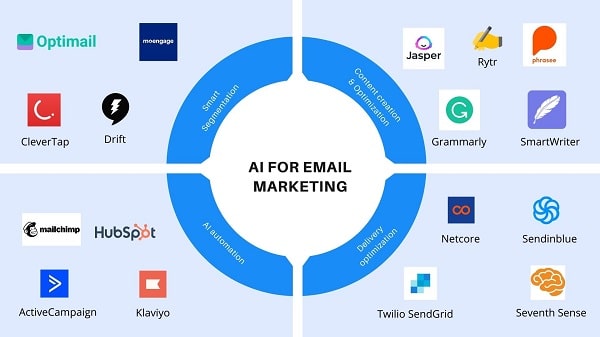
2. Interactive and Gamified Email Elements
Interactive emails featuring quizzes, polls, countdown timers, and gamification elements keep subscribers engaged. Incorporating interactive content enhances user experience and encourages recipients to take desired actions without leaving their inboxes.
3. Mobile-First Optimization
With most emails being opened on mobile devices, ensuring a seamless experience is non-negotiable. Brands should use responsive design, concise copy, and easy-to-click CTA buttons to improve engagement and conversions across all screen sizes.
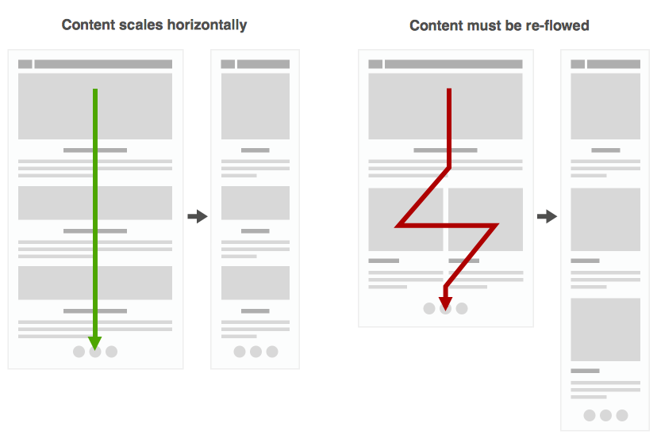
4. Privacy-First and First-Party Data Utilization
With increasing restrictions on third-party data, brands must prioritize collecting and leveraging first-party data. Encouraging subscribers to share preferences and using consent-based tracking ensures compliance with evolving privacy regulations while maintaining personalization.
5. AI-Optimized Send Times and Frequency
Timing is everything in email marketing. AI-driven tools analyze recipient behavior to determine optimal send times and frequency, ensuring emails land when users are most likely to engage. Avoiding over-messaging while maintaining consistency is key to long-term subscriber retention.
6. Text-Only and Minimalist Email Trends
While visually rich emails remain popular, text-only and minimalist email formats have gained traction for their authenticity and improved deliverability. These formats often bypass spam filters and appeal to audiences seeking a more straightforward, personal approach.
7. Stronger Email Segmentation for Enhanced Relevance
Effective segmentation remains a cornerstone of successful email campaigns. Brands should refine segmentation based on behavioral triggers, lifecycle stages, purchase history, and engagement levels to ensure recipients receive the most relevant content.
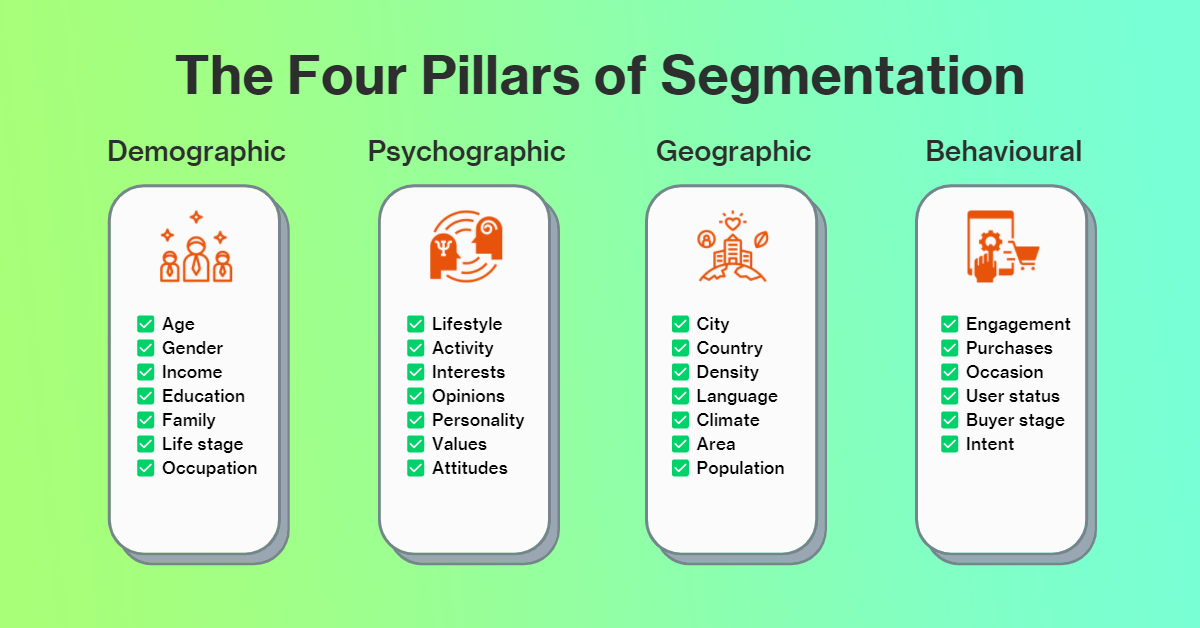
8. Focus on Retention and Loyalty Programs
Email remains a powerful tool for customer retention. Implementing loyalty-driven email campaigns—such as VIP offers, milestone rewards, and re-engagement emails—helps nurture long-term relationships and maximize customer lifetime value.
Elevate Your Email Marketing Strategy
In 2025, successful email marketing is all about relevance, personalization, and compliance. By leveraging AI, interactive content, mobile optimization, and strong segmentation, brands can continue to cut through the noise and drive meaningful engagement with their audiences. Need help optimizing your email campaigns? Partner with Bluetext to craft high-performing, data-driven email strategies that deliver real results.
As a new administration takes shape, brands must be prepared to navigate shifts in policy, regulation, and public sentiment that could directly impact their marketing strategies. From evolving government priorities to changes in procurement and compliance, staying agile is crucial for maintaining relevance and positioning for success. Here’s how businesses can adapt to a shifting political landscape.
1. Understand Policy Changes and Their Impact
New administrations often bring shifts in regulations, economic priorities, and industry-specific policies. Brands must stay informed about these changes, particularly those affecting taxation, environmental policies, labor laws, and procurement processes. By monitoring legislative updates and industry insights, businesses can proactively adjust their marketing messaging and strategies to align with new regulations.
2. Reassess Audience Sentiment
Public sentiment can shift dramatically with political change. Brands should conduct audience research and sentiment analysis to gauge how consumer attitudes evolve in response to new policies. Tailoring messaging to reflect changing priorities, such as sustainability, inclusivity, or economic resilience, can strengthen brand positioning and engagement.
3. Align Messaging with Evolving Priorities
Government policies can influence public priorities, affecting how brands communicate. For example, if an administration prioritizes renewable energy, businesses in related industries may benefit from emphasizing sustainability in their marketing. Companies should align messaging with relevant topics while maintaining authenticity and avoiding overt political endorsements.

4. Adjust Digital Advertising Strategies
Changes in regulations around data privacy and digital advertising policies can impact marketing campaigns. Brands should stay compliant with evolving rules, such as restrictions on targeted ads or data collection, and explore alternative strategies like contextual advertising and first-party data utilization to maintain effective audience reach.
5. Strengthen Government and B2G Marketing Efforts
For businesses selling to the government, shifts in procurement strategies and budget allocations can present new opportunities and challenges. Companies should refine their B2G marketing strategies by closely tracking procurement trends, engaging with key decision-makers, and optimizing their value propositions to align with evolving government needs.
6. Prepare for Crisis Management and Reputation Resilience
A polarized political environment can increase the risk of brand controversies. Companies should develop crisis communication strategies to handle potential backlash, maintain transparency, and uphold brand values. Proactively managing reputation through clear communication and stakeholder engagement can help brands navigate political turbulence effectively.

Navigating Change with Confidence
Adapting to a shifting political landscape requires brands to be informed, flexible, and proactive. By understanding policy changes, reassessing audience sentiment, refining messaging, and staying compliant with new regulations, businesses can navigate uncertainty while maintaining a strong market presence. Need expert guidance? Contact Bluetext today to ensure your marketing strategy remains resilient in a changing environment.
In an ever-evolving market, a static brand identity risks obsolescence. As industries innovate and consumer preferences shift, brands must adapt to stay relevant. Future-proofing your brand identity ensures you can evolve with the times without losing your core essence. But what does it mean to create a truly adaptable identity, and how can businesses position themselves for long-term success?
The Core Elements of a Timeless Brand
- Clear Purpose and Values: Your brand’s mission and values should anchor all decisions. A strong foundation ensures consistency amid change. These values act as a compass, guiding marketing strategies and fostering trust with audiences.
- Memorable Visual Identity: Logos, typography, and color schemes should be designed for adaptability while maintaining recognizability. A logo refresh or subtle updates can keep your visual identity modern without losing its essence.
- Consistent Voice: A defined tone and messaging style create familiarity, even as trends evolve. Whether it’s witty, professional, or empathetic, consistency in voice reinforces your brand’s personality.
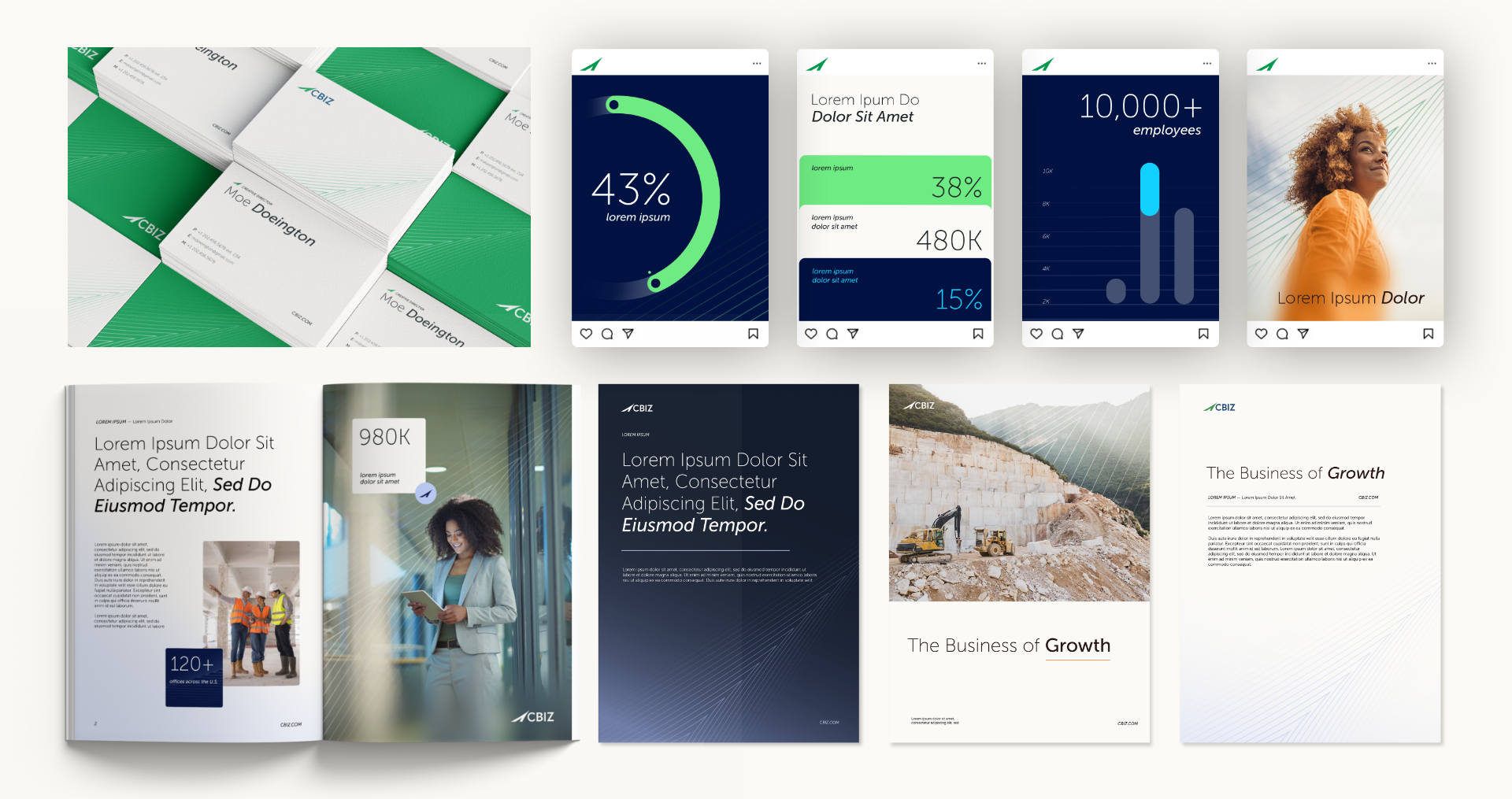
Steps to Future-Proof Your Brand
- Embrace Flexibility: Build a brand style guide that allows room for creative interpretation. Include guidelines for updating visual elements, experimenting with new formats, and evolving content strategies.
- Stay Informed: Monitor industry trends and consumer behaviors to anticipate shifts. For example, as sustainability becomes a priority, integrating eco-conscious messaging into your branding can keep you aligned with audience values.
- Invest in Technology: Utilize tools like CRM systems or analytics platforms to track engagement and adjust strategies in real-time. Emerging technologies, like AI-driven content personalization, can also keep your brand ahead of the curve.
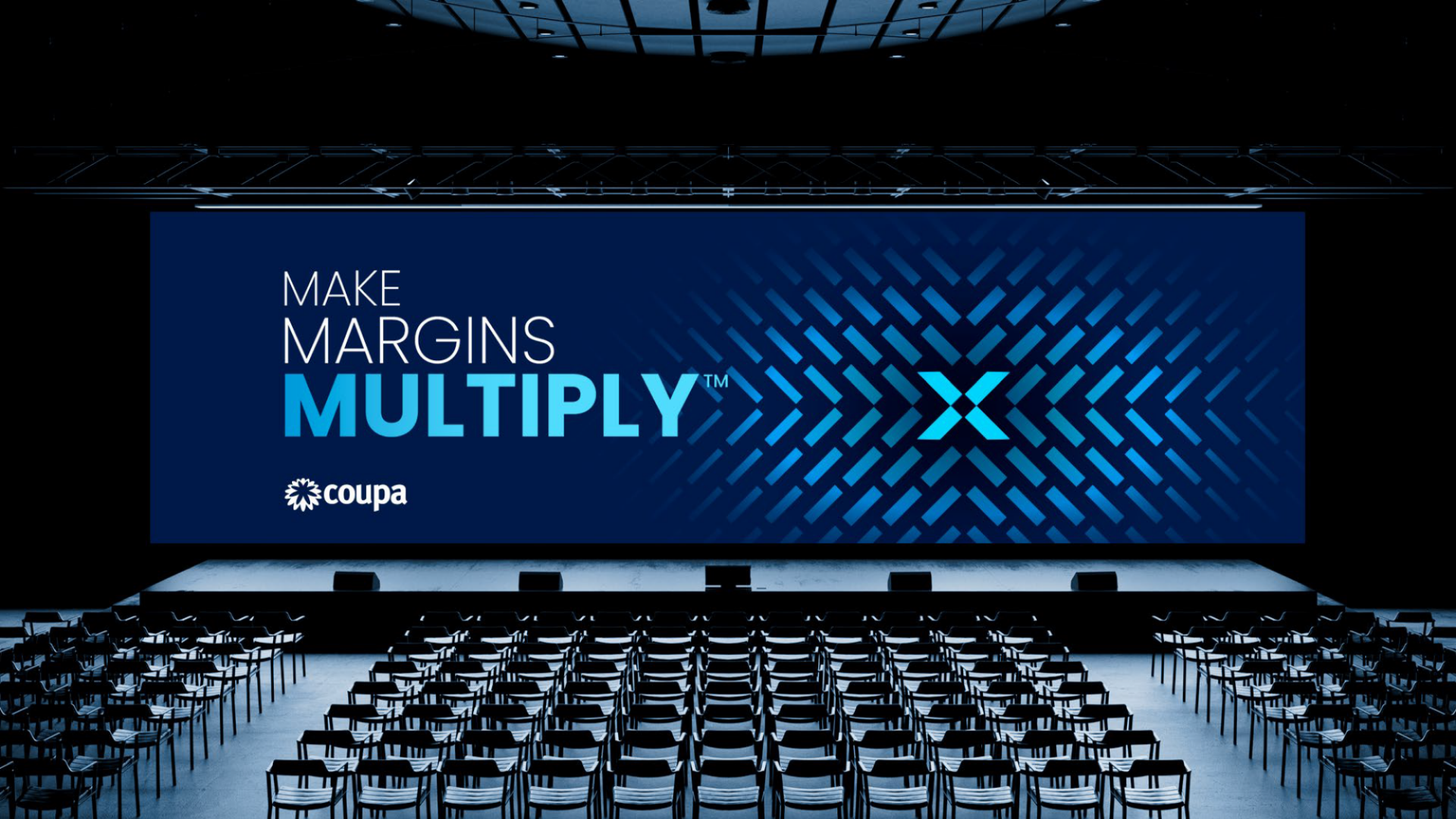
Evolving with Your Audience
A future-proof brand grows alongside its audience. Prioritize feedback and adapt offerings to meet changing needs. Engaging in two-way communication—through surveys, social media, or customer service—can provide valuable insights. Additionally, fostering a community around your brand creates loyalty that extends beyond specific products or services.
Branding for Longevity
Future-proofing your brand identity is an investment in your company’s resilience. By staying flexible and audience-focused, your brand can remain relevant and impactful for years to come. The ability to adapt, paired with a strong foundational identity, ensures your brand can weather industry disruptions while continuing to thrive. Reach out to Bluetext to learn how we can help you build a brand identity that stands the test of time.